Institutional Food Policy
Projects that pressure or persuade institutions (universities, businesses, public agencies)
to change how they source and serve food.
Whether in school districts, universities, businesses, hospitals, or city governments, institutional food policies (IFPs) use the purchasing power of institutions to support higher welfare and more sustainable methods of food production. Farm Forward has extensive experience with IFPs, notably our Leadership Circle and our work with DefaultVeg and the Good Food Purchasing Program (GFPP). Farm Forward led the creation of the Animal Welfare standards for GFPP and have supported its implementation in cities across the country. Farm Forward’s work with IFPs impacts millions of animals annually.
This is a chapter from Farm Forward’s report, The Farmed Animal Protection Movement: Common Strategies for Improving and Protecting the Lives of Farmed Animals. “Institutional Food Policy” represents Strategy 3 in the report.
Summary
Institutional food policies provide an effective avenue for promoting “less and better” food sourcing on a much larger scale than strategies that target individual consumers. Food policies have the potential to mobilize broad support and adoption when they are advanced by coalitions that include support, for example, for the fair treatment of workers, local economies, and environmental concerns, in addition to farmed animal welfare.
Structure of the Strategy
Institutional food policies (IFPs) aim to leverage the purchasing power of institutions (schools, universities, businesses, hospitals, city governments, etc.) to support more humane and sustainable methods of food production. IFPs typically have two components: a commitment to specific sourcing standards, and a timeline for when those standards must be achieved. For example, a university may create a policy to source 20 percent of its food from “sustainable” sources by 2021. IFPs are similar in some ways to corporate advocacy (both seek institutional commitments to improve farmed animal welfare), but differ in that IFPs focus primarily on institutions that serve their communities (schools, hospitals, universities) rather that food businesses that sell food to the public (restaurants, grocery stores). Sometimes these campaigns overlap—for example, the Better Chicken Initiative targeted food service companies like Compass Group, which serves institutional clients.
IFPs often serve as values statement and are typically written to demonstrate that an institution is concerned about the environment, animals, climate change, and/or workers. The best food policies also articulate institutional goals: for example, the policy of a university with the goal of sourcing 20 percent of food sustainably by 2021 should state explicitly what qualifies food sources as “sustainable.”
Since defining values like “sustainable” and “humane” can be a complex task requiring a significant amount of technical knowledge, many food policies rely on existing definitions from third party certifications; for example, an institution’s policy might define “higher welfare” as products that bear specific third party certifications like Global Animal Partnership or Certified Humane.
Pegging institutional values and goals to third party certifications allows institutions to leverage the vast technical knowledge of certifiers, and certifications that require rigorous audits can provide some assurance that standards are followed. Finally, using certifications to define values also makes it simpler for institutions to identify suppliers offering suitable products.
Structurally, IFPs can take a variety of forms. Universities and businesses typically draft formal policies and publish them for public comments.1 Policies adopted by school districts and public agencies are often codified in formal legislation: Boston’s City Council adopted a resolution to follow the Good Food Purchasing Policy (GFPP), and the Cook County Board of Commissioners passed a similar policy.
Analysis
IFP initiatives have been popular vehicles for changing agricultural practices for at least twenty years, with early campaigns emerging from the local food and Fair Trade coffee2 movements. These initiatives expanded in the 2000s with the formation of groups like the National Farm to School Network, a group of hundreds of K-12 schools working to purchase local food. Within the past decade, IFPs have been established as one of the primary tools for advocates in the farmed animal protection space.
IFPs create significant opportunities to improve farmed animal welfare by compelling institutions to shift purchasing both to higher welfare animal products and to more plant-based menus. The foodservice market in the US alone has estimated worth of $72B annually.3 Shifting even a relatively small percentage of institutional purchasing to higher welfare and plant-based products would likely impact hundreds of millions of animals per year.
IFPs have the potential to play an important role in growing the market for products sourced from higher welfare farms.
Today only a handful of medium- to large-scale farms and ranches offer higher welfare products. Increasing the demand for products from this “missing middle” is critical for reaching economies of scale which can reduce cost and lower prices, removing a significant barrier to entry for institutions as they consider sourcing higher welfare products.
Producers’ access to institutional markets may play an important role in building a stable base of consumers that would help these farms grow their market share.
Additional barriers beyond price exist as well: regulatory challenges that limit the products that schools are permitted to buy (“lowest-cost bidder” requirements, for example); corporate consolidation (three companies control roughly 50 percent of the foodservice market); the business models of foodservice management companies (“rebates” paid to foodservice companies by meat companies for selling their products4 create a financial incentives to sell commodity animal products); and logistical and distribution challenges for higher welfare and plant-based products. Despite these challenges, there are encouraging signs5 that IFPs have been successful in influencing what foods are served in university, business, and government settings. These and future shifts in consumption can contribute to the maturation and cost-competitiveness of the markets for higher welfare and plant-based products.
Most IFPs address a single issue, like Fair Trade coffee, local food, Meatless Monday, etc., and these single-issue policies have achieved moderate adoption—for example, roughly 150 colleges and universities have committed to Fair Trade products6—but single-issue IFPs are limited by a lack of broad appeal and narrow bases of support. Institutional foodservice providers have to balance a wide variety of interests, and single-issue IFPs may have to compete with a variety of other values and institutional priorities (composting, food waste, etc.).
IFPs may have broader appeal and reach wider adoption when structured holistically, addressing more than one social value (animal welfare, worker welfare, etc.).
Iterations of increasingly multi-issue IFPs have begun to emerge, merging institutional values surrounding issues like nutrition, soil health, local economies, the treatment of workers, environmental sustainability, and the treatment of farmed animals. Two notable programs include the Real Food Commitment, a policy which has been adopted by more than 80 universities, and the Good Food Purchasing Policy, which as of fall 2020 has been adopted or is being considered by more than 40 K-12 school districts and city governments. These more “intersectional” food policies have begun to achieve mainstream adoption. The success of the Good Food Purchasing Policy in particular demonstrates the potential for intersectional IFPs to build broad support, including with the organized labor movement, which has given IFPs more political power.7Sustainable food advocates in dozens of cities have rallied around the Good Food Purchasing Policy as a framework for advocating for a more fair, sustainable, and humane food system.
Farmed animal advocacy groups tend to frame their “asks” of institutions in one of two ways: pushing either for the adoption of “less meat”/ “go veg” policies, or for the elimination of specific husbandry practices, like battery cages. Advocacy campaigns that employ these different asks include:
Less and Better
These campaigns ask institutions to reduce the overall use of animal products while switching their animal product sourcing to certified higher welfare animal products.
Strengths: The topic of “buying certified” has been an effective entry point for engaging institutions that have been resistant to the prospect of “removing animal products.”
Weaknesses: Due to poor understanding of welfare standards and lack of access to higher welfare supply chains (not to mention the deceptive nature of most welfare certifications), institutions require significant training and support to implement “less and better” policies effectively.
For example, see:
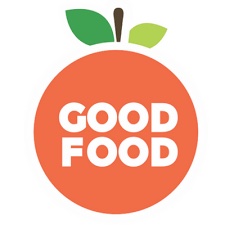
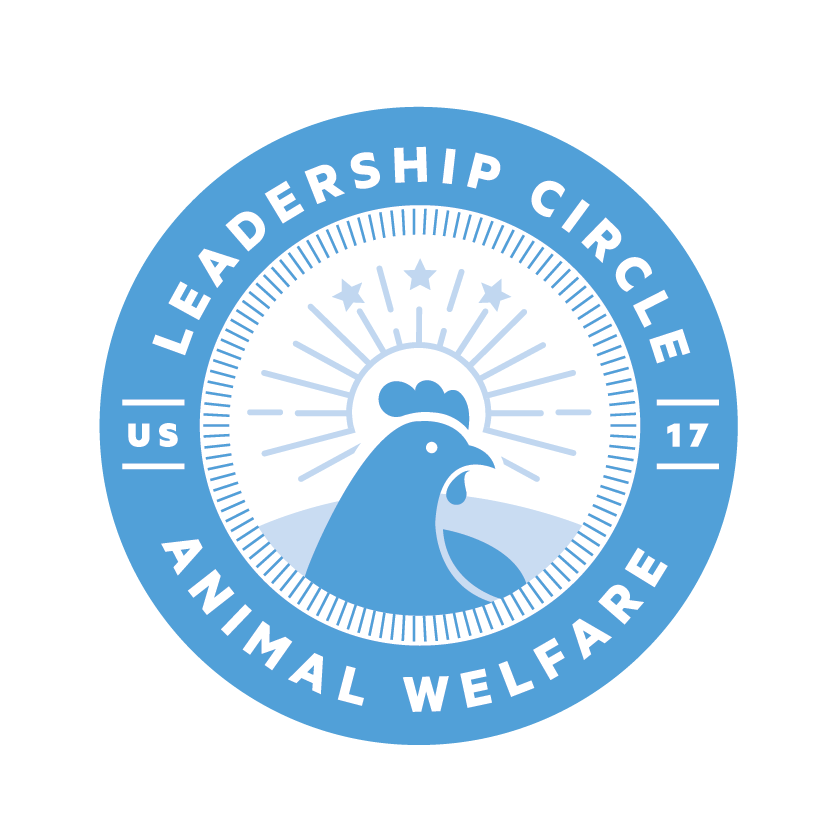
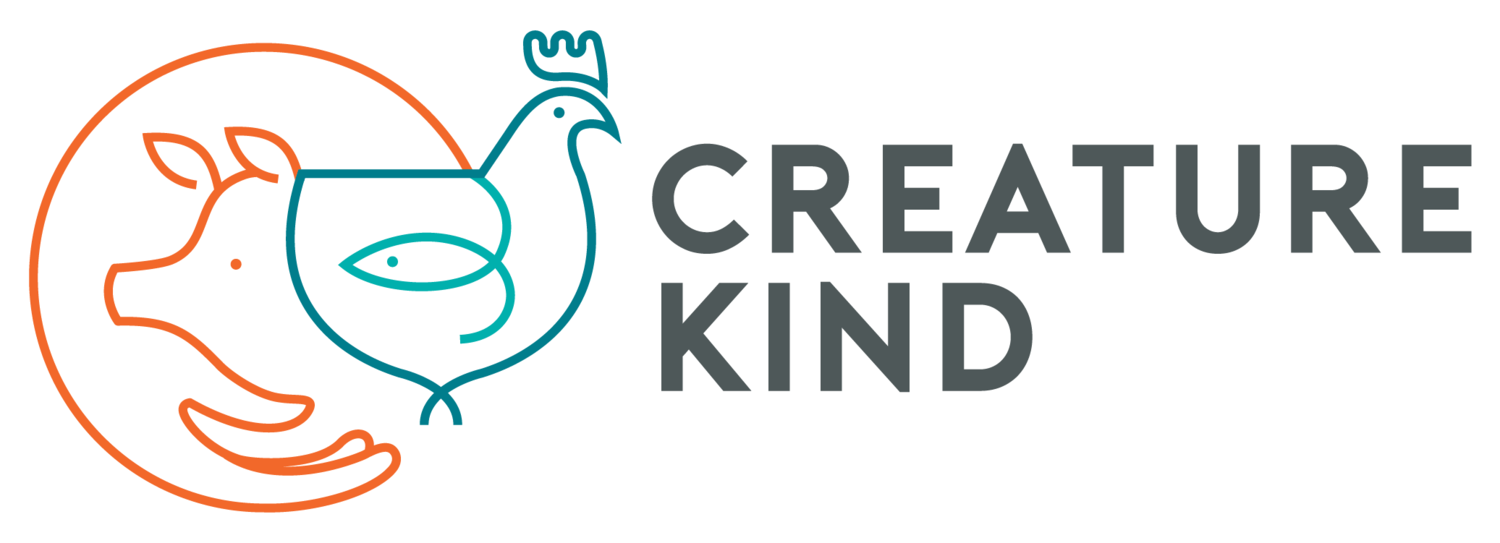
Reduction
These campaigns focus on reducing the quantity of animal products that institutions serve—either reducing consumption overall or reducing the consumption of specific animal products.
Strengths: These campaigns often frame the policy using simple messaging that institutions and consumers understand (“vegan before dinner,” “Meatless Monday,” “milk-free mornings,” etc.), and can be adopted by individuals as well as institutions.
Weaknesses: Reduction campaigns may have unintended consequences; institutions that adopt Meatless Mondays may, for example, serve more dairy products,8 and beef-reduction campaigns can lead to increases in chicken consumption. Reduction campaigns can also generate pushback from consumers who don’t want to feel deprived of animal products, and can reinforce the notion that consuming animal products at every meal is the norm.9
For example, see:
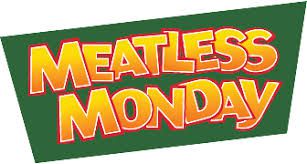

Vegan/Vegetarian
These campaigns seek institutional commitments to all-vegetarian or all-plant-based food policies.
Strengths: If implemented comprehensively, these campaigns could lead to greater reductions of animal product consumption than campaigns seeking mere reductions. They have the potential to shape the identities of institutions and thus may accelerate culture change, particularly when implemented in conjunction with programs that educate and generate buy-in from members of the institution.
Weaknesses: These campaigns generate the most pushback due to concerns about depriving consumers, particularly at institutions that do not have existing cultures around ethical eating.
For example, see:

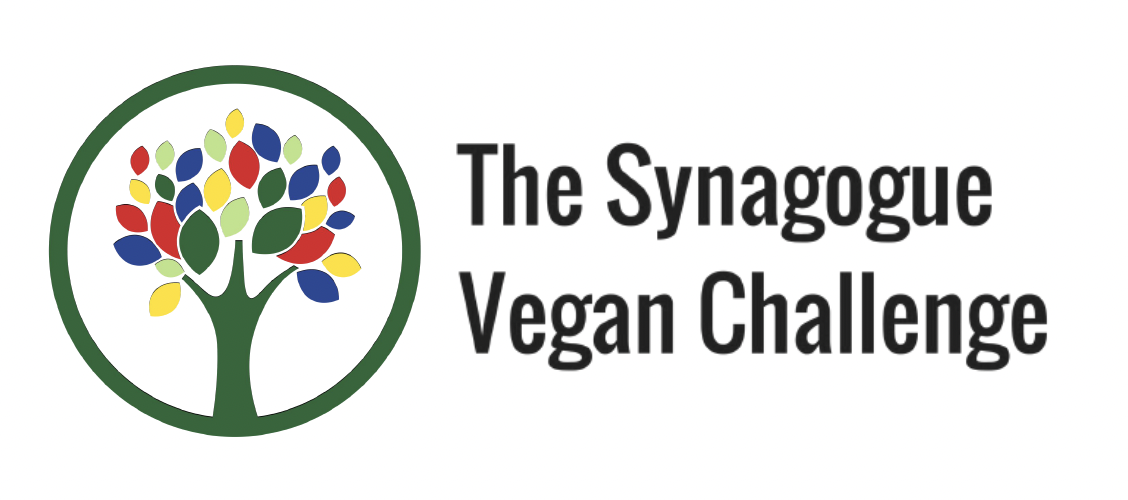
Guiding Consumer Choices
These campaigns help institutions encourage consumers to choose more plant-based options through menu design, presentation, signage, and education.
Strengths: Behavioral “nudges” have been shown to drive much more change in consumption than reduction-oriented policies. They have the potential to shape food culture in ways that are more conducive to veg meals while minimizing backlash.10
Weaknesses: The message is not as simple as veg and reduction campaigns (DefaultVeg is less intuitive than go-veg and Meatless Monday). It can be more challenging to evaluate the effectiveness of behavioral nudges than campaigns which reduce consumers’ choices, because advocates can’t assume a specific volume of meat reduction (Meatless Monday campaigns in which institutions do not serve meat on Mondays are assumed to lead to reductions in meat consumption of roughly 14 to 20 percent, depending on how many days per week food is served).
For example, see:


Funders who are more aligned with Effective Altruism have not invested significantly in IFP, opting instead to target the largest foodservice management companies with corporate campaigns. Multi-issue coalitional food policies (like the Good Food Purchasing Program) have been more successful in attracting mainstream philanthropic support.
Endnotes
1.
For specific examples see Harvard Business School’s commitment to the Leadership Circle, and the University of California’s “sustainable foodservice policy.“
2.
Bradley R. Wilson and Joe Curnow, “Solidarity: Student Activism, Affective Labor, and the Fair Trade Campaign
in the United States,” Antipode, Vol. 45 No. 3, 2013. Accessible here.
3.
Claire Fitch and Raychel Santo, “Institute Change: An Overview of Institutional Food Procurement and Recommendations for Improvement,” Johns Hopkins Center for a Livable Future, February, 16, 2016. Accessible here.
4.
Ibid.
5.
In 2019, school districts in four cities (DC, Boston, Austin, and Cincinnati) adopted the Good Food Purchasing standards, doubling the number of districts that had adopted the policy since the program launched in 2012.
6.
“How to Implement a Fair Trade College or University Campaign: A guide for Campus Dining and Food Service Staff,” Fair Trade Campaigns. Accessible here.
7.
“Local 75 Helps Pass Good Food Purchasing Policy,” UFCW For Local Unions, February 11, 2019. Accessible here.
8.
Ahmed Al-Sakkaf, “Mondays are no longer meatless,” The Lumberjack, June 11, 2017. Accessible here.
9.
Alexis Garduno, “Meatless Mondays campaign encounters pushback from students,” Stanford Daily, March 3, 2015. Accessible here.
10.
Sophie Attwood, “Playbook for Guiding Diners Toward Plant-Rich Dish in Food Service,” World Resources Institute, January, 2020. Accessible here.